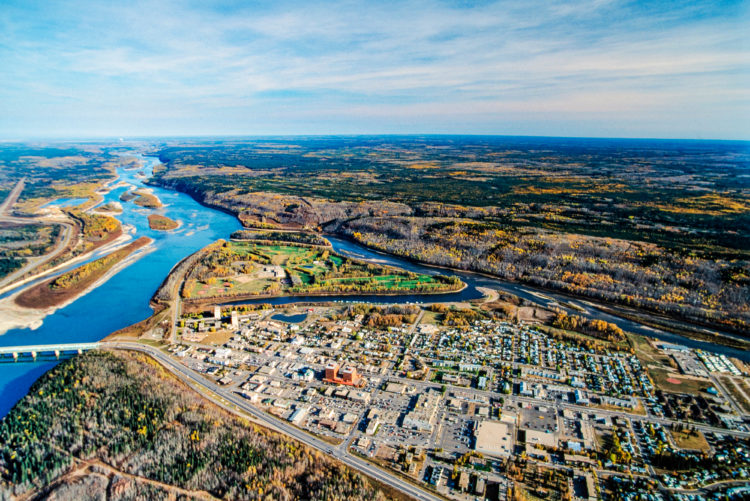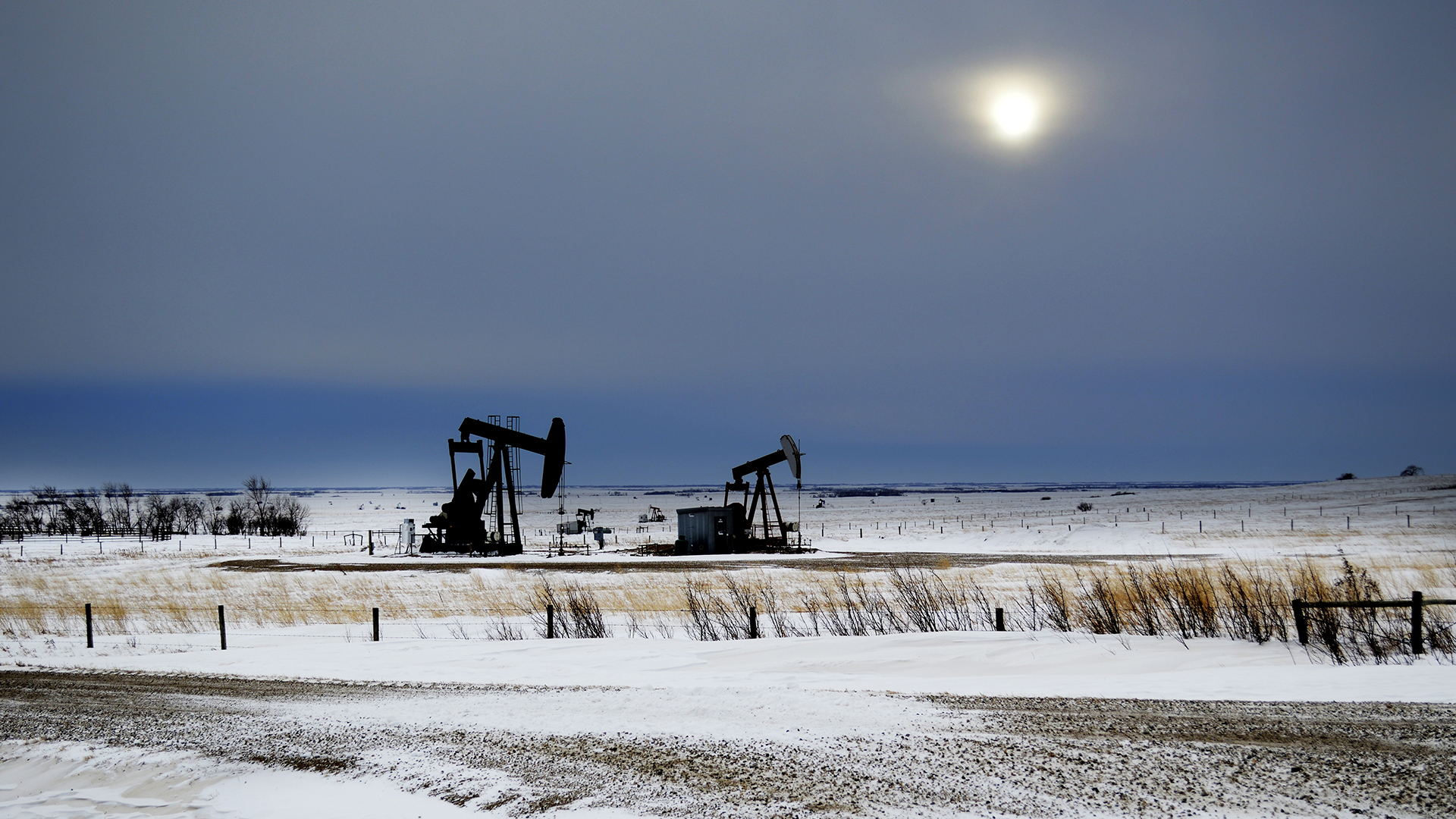
Saskatchewan and Alberta are provincial twins, created by the federal government on the same day in 1905. In the ensuing 117 years, there has been a persistent sense of alienation from the federal government and Central Canada. The latest twist in this long story of western alienation is evident in recently introduced legislation in each province. The bills have constitutional implications and the rest of Canada should be paying attention.
Perhaps more importantly, this new iteration of western alienation doesn’t fully fit the traditional narrative pitting the West against Quebec. As the demographic profile of both provinces changes, the narrative of alienation is being challenged.
In early November, Saskatchewan’s Scott Moe government introduced the Saskatchewan First Act. The bill restates Saskatchewan’s constitutional jurisdiction over its natural resources and seeks to enhance this jurisdiction by claiming the federal government cannot pass laws interfering with its authority over natural resources.
The act further amends the provincial constitution to say that Saskatchewan “is and always has been dependent on agriculture, and on the development of its non-renewable natural resources, forestry resources and electrical energy generation and production” and that its “ability to control the development of its non-renewable natural resources…is critical to the future well-being and prosperity of Saskatchewan and its people.”
In late November, Alberta’s Danielle Smith government introduced the Alberta Sovereignty within a United Canada Act. It gives the provincial legislature authority to “offer an opinion” that a federal law or initiative is unconstitutional or harmful to the province and then to authorize the legislature to take action. This could include not enforcing the law and/or taking other measures.
The act is clear that no individual Albertan can be forced to break federal law. However, provincial entities – municipalities, municipal police forces and post-secondary institutions, among others – must follow any directive from the provincial government. This could involve not enforcing some aspect of federal law, and possibly acting contrary to federal law.
Both provinces are also actively exploring other initiatives intended to increase their provincial autonomy. Saskatchewan introduced legislation creating a framework for a provincial revenue agency. Meanwhile, Premier Danielle Smith’s recent mandate letters for Alberta cabinet ministers included establishing a provincial police force, collecting provincial taxes and creating a provincial pension plan to replace the CPP.
To contextualize these initiatives, it is important to understand the history of these two provinces both in relation to natural resources and to Quebec.
Natural resources and the long history of western alienation
While the other provinces each existed as standalone colonies prior to entering Confederation, the federal government created the Prairie provinces of Manitoba, Saskatchewan and Alberta from the enormous area of what was then known as the Northwest Territories. Manitoba was established in 1870 with the Manitoba Act, with its provincial boundaries expanded in 1881 and then again in 1912. Alberta and Saskatchewan were established in 1905 with the Alberta Act and the Saskatchewan Act. These acts are all part of Canada’s Constitution.
At first, the federal government did not grant the three Prairie provinces authority over Crown land or natural resources, unlike all the other provinces that were first colonies. This inequitable treatment was a source of frustration. Prairie residents felt exploited. While the Constitution was amended in 1930 to transfer control over natural resources to the three Prairie provinces, a powerful narrative of federal unfairness and economic exploitation was cemented in the Prairie public consciousness.
This narrative of exploitation was reinforced over the 20th century with a series of federal policies perceived to damage the Prairie provinces’ natural resource economies. From tariffs to freight rates to the highly contentious National Energy Program, Ottawa, Alberta and Saskatchewan battled over natural resources and other economic issues.
Recurring tensions reinforced a public perception within Alberta and Saskatchewan that their provinces are economically exploited for the benefit of Central Canadian interests. Western alienation, as it is commonly titled, has waxed and waned over the decades, but remains strong almost 120 years after the twin provinces were created.

Quebec and the long history of western alienation
Over the 20th century and into the 21st, western alienation has frequently found voice in populist arguments. Ordinary people (“Westerners”) are being exploited by an elite (“Easterners” or the “Laurentian Elite.”)
Quebec, in particular, has been a long-standing preoccupation. It has been seen as benefiting from federal policy while the Prairies have been damaged. Indeed, in a recent national Resentment in the Canadian Federation study asking Canadians to assess how much each region contributes to Canada, respondents in Saskatchewan and Alberta stood out. They rated Quebec’s contribution the lowest and the West’s highest.
Quebec’s “special treatment” in Canada has been a particular target of western resentment. In the eyes of western proponents of greater provincial autonomy, Quebec has used a persistent threat of separation to be rewarded with endless accommodation. This resentment of Quebec has been tinged with admiration. Given that having one foot out the door has been a winning approach for Quebec, some think that pursuing a similar path would yield positive results for other provinces.
Continuity and novelty
To what extent do the Saskatchewan First Act and Alberta Sovereignty Within a United Canada Act represent something new versus simply more of the long history of western alienation?
Clearly, these two bills are grounded in a belief that the two provinces are unfairly treated by a national government intent on limiting or exploiting their prosperity. Much like before, the current tensions are in response to federal initiatives seen to damage the provinces’ economies.
Changes to the federal Assessment Impact Act, the imposition of the federal carbon tax and, most recently, consultations on emissions in the oil and gas sector and fertilizer usage have been concerns. For Alberta, which is Canada’s largest emitter of greenhouse gas, the federal government’s commitment to net-zero by 2050 poses an existential challenge.
But there are also discontinuities. First, the characterization of the federal government’s intent does not fit the historical narrative. The environmental legislation that has sparked these actions is driven by a commitment to fulfil Canada’s international obligations to reduce emissions and does not enrich Central Canada at the expense of the Prairie provinces.
Podcast: The past, present, and future of western alienation
Does Saskatchewan need to be a “nation within a nation” to get more powers?
Second, Quebec has moved from being target of resentment to a source of inspiration. Its special immigration arrangements with the federal government, provincial revenue collection agency, police force and pension plan are all seen as models to replicate. And Saskatchewan’s move to unilaterally amend its provincial constitution? Quebec did this first with its 2021 Bill 96, proclaiming that Quebecers form a nation and that French is the only official language of the province.
Third, the bills take a new and different approach to inter-governmental relations. While many political leaders in these provinces have railed against the federal government and demanded different treatment, they have not tried to redefine the Constitution on their own terms. Both bills make this effort, although in different ways.
Saskatchewan’s bill asserts a doctrine of “inter-jurisdictional immunity” that could be considered by the courts in adjudicating future disputes. Alberta’s bill goes further, and essentially tries to have the legislature replace the courts in adjudicating jurisdictional disputes.
Finally, the public context for western alienation has changed. There is widespread public support for doing more to address climate change, even in Alberta and Saskatchewan. Public support for the Alberta legislation is far from overwhelming.
It is also seen in the demographic composition of these provinces. Alienation and support for separation are ideas most prevalent among white residents of the two provinces. But the populations are changing rapidly, with immigrants making up almost one-quarter of Alberta residents, and with Indigenous Peoples making up 17 per cent of Saskatchewan’s population. Immigrants identify more strongly with Canada than with their province of residence. Indigenous leaders in both provinces have expressed opposition to the initiatives.
Constitutional challenge
The legislative activism enlivening politics in both Saskatchewan and Alberta appears to challenge the Canadian constitutional order. Both provinces are asserting constitutional “toughness” intended to push the federal government back into its “jurisdictional lane” and satisfy those residents of the provinces who are the most aggrieved.
It remains to be seen how, if at all, the federal government will respond. Early signals suggest no direct response will be forthcoming. There was no challenge on Quebec’s Bill 96, so pushing back on Saskatchewan and Alberta would undoubtedly raise criticism of a double standard. As Alberta heads into a provincial election in May, the federal government might opt to simply bide its time. Whether these bills will affect the federal government’s direction on climate policy or shared-cost programs is not yet clear.
Looking ahead, the recent legislation in these two provinces raises questions about the evolution of Canada’s federation. Will other provinces follow suit? Will these three provinces, unchecked by the federal government, push further to adjust Canada’s constitutional framework? How will the federal government respond to these parallel challenges?
The Canadian federation has weathered many storms, but each reshapes it in some way. The current wave of western alienation is no exception.












